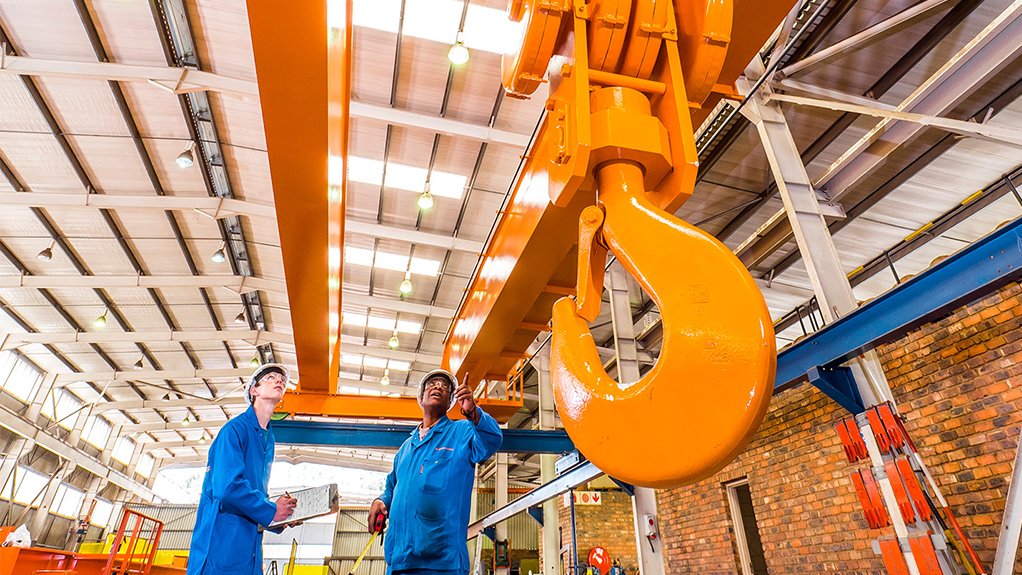The options of replacing or refurbishing an overhead crane both have advantages and they should be considered very carefully, says crane manufacturer and refurbishment specialist Condra MD Marc Kleiner.
“To help customers with this decision, we supply a range of solutions offering varying productivity gains, with alternative costs for each one.”
He notes that customers are mostly offered the option of technically upgrading overhead cranes during refurbishment.
The option of buying a new crane allows for a reduction in projected overall lifetime cost and guarantees more operational efficiency, owing to the new crane’s increased speed, as well as lower crane weight and electricity consumption.
Kleiner explains that refurbishment allows for an immediate cost-saving over buying new overhead cranes. This option also allows for providing almost-new overhead cranes already familiar to operators, avoiding any need for staff retraining.
When an overhead crane shows signs of brittle electrical cable loop systems, failing contractors, extreme wheel wear, structural cracks and a general increase in maintenance costs, it will soon require either refurbishing or replacing, he adds.
Refurbishing generally comprises a dismantling of the crane, followed by an inspection of all brakes and mechanicals, a change of bearings, and an assessment of the overall crane structure using magnetic particle inspection to inspect critical sections for rust.
A crane is disassembled during refurbishing because problems in the mechanical parts, electrics and controls can be detected only once the crane has been disassembled and assessed.
Condra’s refurbishing a crane for customers can also deliver improved performance because they can choose to upgrade performance to receive a crane that is faster and lighter than it was before, states Kleiner.
He explains that the company can fit a frequency drive on the long travel to speed it up and incorporate any kind of modern technology that the customer requests, including hoists of different capacities, during refurbishment.
Condra can also automate the crane during refurbishment by improving the mechanicals to incorporate the new electrical equipment needed for automation.
Recent refurbishments of Condra’s overhead cranes include an 80 t machine for the openpit Sishen mine, in the Northern Cape, as well as two hoists and a 20-m-span crane with a capacity of 25 t, for platinum group metals mining company Implats. The refurbishment of the crane for Implats involved the conversion of the existing electrical configuration from 525 V to 400 V.
“The refurbishment of Sishen’s 80 t was more routine, with all the bearings, ropes and brake linings replaced, and the usual checks and inspections carried out before the crane was repainted and delivered back to the mine.”
However, Kleiner points out that refurbishment is not always the better option, with the cost sometimes outweighing the benefits. For example, when a crane is very old – 35 years or more – or when a crane has had a lot of exposure to the elements, with rust setting in inside the girders.
Therefore, Condra works closely with customers to deliver a fully reliable solution, whether it be refurbishing an existing crane or buying a new crane.
Edited by: Zandile Mavuso
Creamer Media Senior Deputy Editor: Features
EMAIL THIS ARTICLE SAVE THIS ARTICLE
ARTICLE ENQUIRY
To subscribe email subscriptions@creamermedia.co.za or click here
To advertise email advertising@creamermedia.co.za or click here













